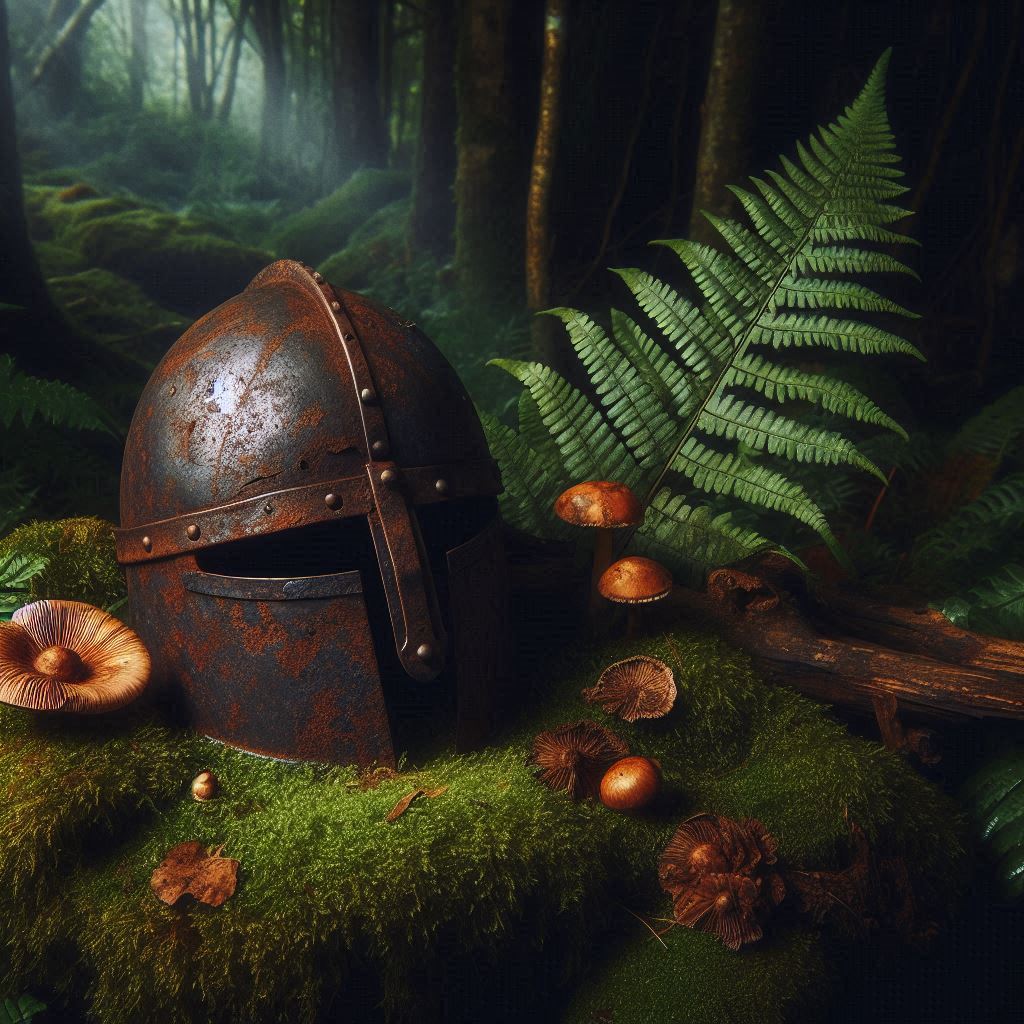Stainless Steel vs. Carbon Steel
Steel is a fundamental material in the industry, widely used for its versatility and durability. Among the most prominent varieties, we find stainless steel and carbon steel. Each type has unique characteristics that make them suitable for specific applications. Below, we will analyze the main differences between these two types of steel so you can choose the most suitable one for your project.
Characteristics of Stainless Steel
The stainless steel stands out for its high resistance to corrosion, thanks to the inclusion of chromium in its chemical composition. This alloy, which also contains iron, carbon, and sometimes nickel, creates a protective layer of chromium oxide, allowing it to excel in humid environments or those exposed to extreme temperatures. Its properties make it a preferred choice for applications where aesthetics and durability are essential.

Characteristics of Carbon Steel
The carbon steel, on the other hand, is an alloy composed mainly of iron and carbon, sometimes including other elements like silicon and manganese. Its hardness and flexibility are notable; however, its high porosity makes it more vulnerable to corrosion and oxidation in humid conditions. This type of steel is commonly used in applications where an aesthetic finish is not required.
Key Differences
- Corrosion Resistance:
- Stainless Steel: High resistance, almost maintenance-free.
- Carbon Steel: Needs protective coatings in humid environments.
- Appearance:
- Stainless Steel: Bright and attractive finish.
- Carbon Steel: Matte and less flashy finish.
- Applications:
- Stainless Steel: Excellent for kitchen utensils, construction, and medical equipment.
- Carbon Steel: Ideal for internal structures and non-visible elements.
- Cost:
- Stainless Steel: More expensive due to its composition.
- Carbon Steel: More economical and accessible.
Advantages and Disadvantages
Stainless Steel
- Advantages:
- High resistance to corrosion.
- Attractive aesthetics.
- Durability in adverse conditions.
- Disadvantages:
- High cost.
- Difficulty in machining.
Carbon Steel
- Advantages:
- Greater flexibility and elasticity.
- Affordable for large-scale projects.
- Ease of machining.
- Disadvantages:
- Greater susceptibility to corrosion.
- Less aesthetic, ideal for structural use.

| Characteristics | Stainless Steel | Carbon Steel |
|---|---|---|
| Corrosion Resistance | High | Low |
| Appearance | Lustrous | Matte |
| Cost | High | Low |
| Applications | Tools, automobiles, construction | Structures, internal machinery |
















